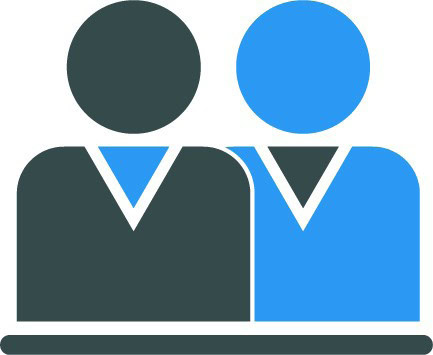217
Student’s Guide – Out of the Blue
Overview:
This story highlights the importance of provider listening and questioning during patient assessments.

Primary Learning Outcomes
After completing this lesson, you will be able to:
- Integrate patient complaints within diagnostic processing.
- Examine the seriousness of patient complaints until the patient feels they have adequately been addressed.
- Modify treatment routines based on patient complaints, as required.

QSEN Pre-Licensure Competencies
The following QSEN competencies are addressed in this lesson:
- Patient-Centered Care: Recognize the patient or designee as the source of control and full partner in providing compassionate and coordinated care based on respect for patient’s preferences, values, and needs.
- Quality Improvement: Use data to monitor the outcomes of care processes and use improvement methods to design and test changes to continuously improve the quality and safety of health care systems.
- Safety: Minimizes risk of harm to patients and providers through both system effectiveness and individual performance.
- Teamwork and Collaboration: Function effectively within nursing and inter-professional teams, fostering open communication, mutual respect, and shared decision-making to achieve quality patient care.

QSEN Teamwork & Collaboration Enrichment
TeamSTEPPS® Best Practice: Situation Monitoring
TeamSTEPPS (Team Strategies and Tools to Enhance Performance and Patient Safety) is an evidence-based set of teamwork tools, aimed at optimizing patient outcomes by improving communication and teamwork skills among health care professionals.
- Situation Monitoring is the process of continually scanning and assessing a situation to gain and maintain an understanding of what’s going on around you.
- Situation Awareness is the state of “knowing what’s going on around you.”
- A shared mental model results from each team member maintaining situation awareness and ensures that all team members are “on the same page.”
Story Directions:
As you listen to and read the story, think about the things that you think the team members did well, and the things you think could lead to errors. Also, consider the questions below as you read.
Reflection Questions:
- How could the health care team have improved their patient-centered care for Mr. Crane?
- How could the healthcare team improve their response and treatment of this patient?
- What might have prevented Mr. Crane’s collapse?
